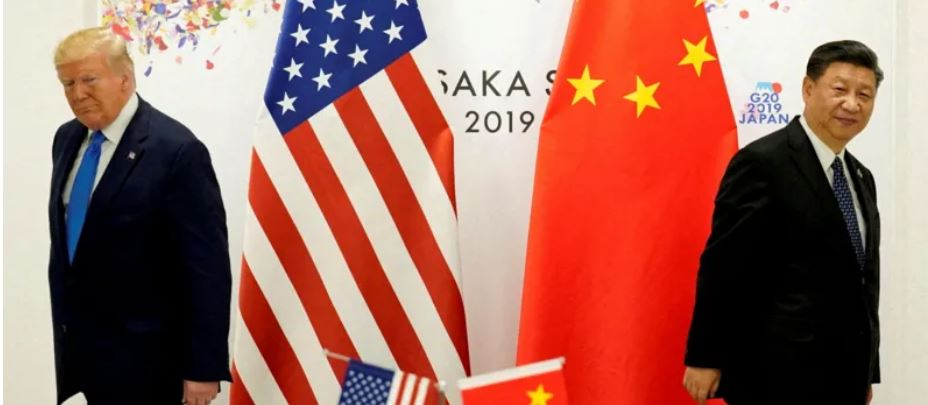Introduction
The US-China trade war, one of the most defining geopolitical tensions of the 21st century, may be entering a new chapter. This week, Washington and Beijing are expected to resume formal trade talks after a prolonged pause. As both economies face internal and external pressures, the stakes are higher than ever. Here are the top 5 key takeaways you need to know.



1. Diplomatic Reset on the Horizon
After months of silence and escalating rhetoric, top trade envoys from the United States and China will meet in Geneva to discuss tariff relief, supply chain resilience, and export controls. This marks the first formal dialogue since the G20 summit last year, signaling a potential thaw in relations.
2. Focus on Technology and Export Controls
Technology remains at the center of tensions. The US has imposed restrictions on advanced chip exports to China, citing national security concerns. China is expected to push back, possibly seeking concessions or clarity on export licensing. Both sides are aware that tech decoupling could have global consequences.
3. Tariff Reductions Might Be on the Table
Businesses on both sides of the Pacific have been calling for relief from the tariffs imposed during the Trump administration. According to early reports, both nations are exploring phased tariff reductions, which could ease inflation and bolster bilateral trade volumes.
4. Political Stakes for Both Leaders
For President Biden, a diplomatic win could reinforce his 2024 campaign narrative of steady leadership. For President Xi, easing tensions could stabilize China’s slowing economy. Each side is balancing foreign policy with domestic expectations.
5. Impact on Global Supply Chains
Markets are watching closely. Any movement toward de-escalation could have ripple effects across global supply chains, especially in sectors like semiconductors, rare earths, and consumer electronics. A successful outcome might restore investor confidence in Asian and American markets alike.
Conclusion
This week’s talks are more than just a bilateral meeting—they represent a chance to reshape the global economic landscape. With inflation, tech rivalry, and election politics in the mix, the world will be watching how these trade war negotiations unfold. Stay tuned for updates, and check out our deep dive on Biden’s Indo-Pacific strategy for more context.









